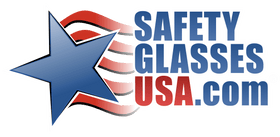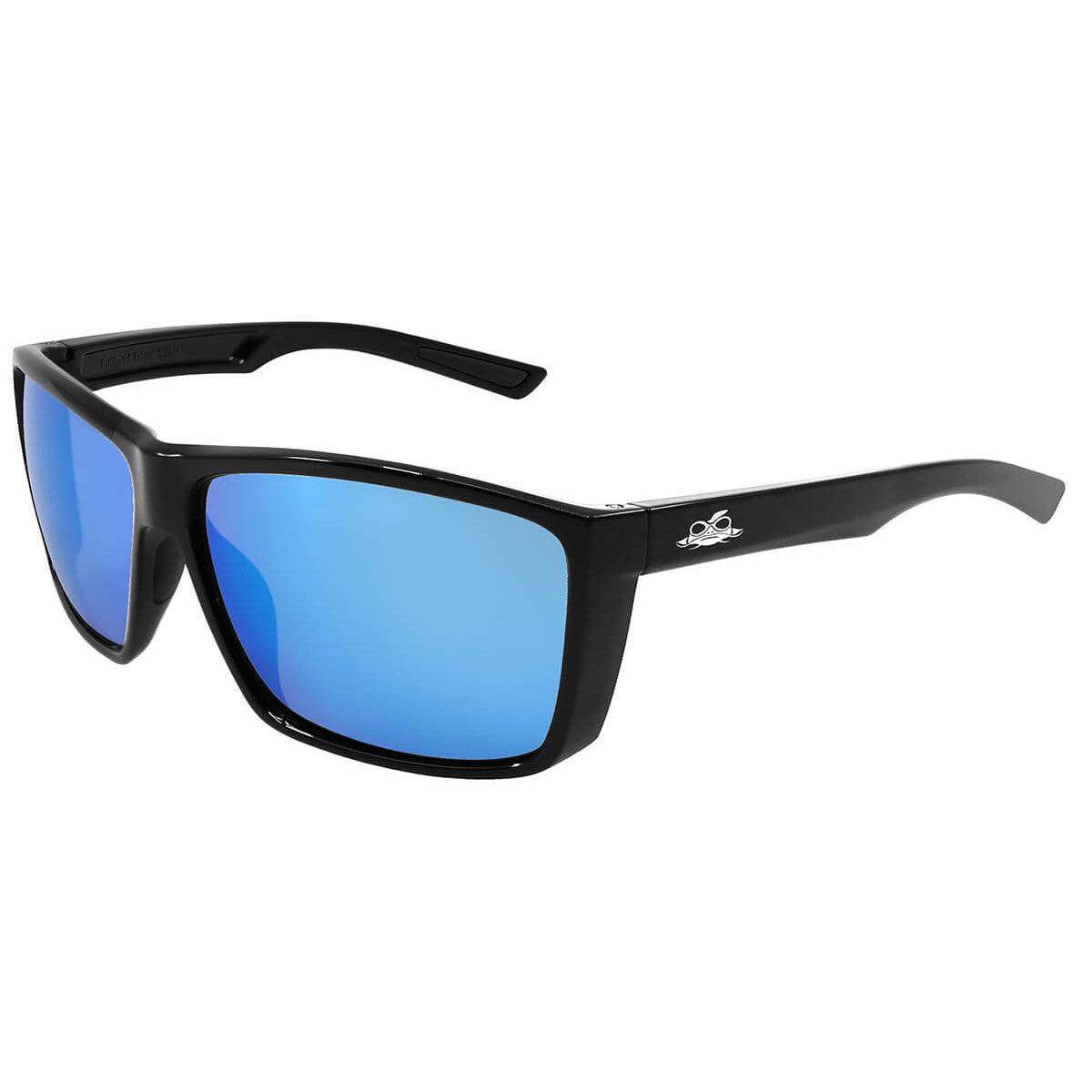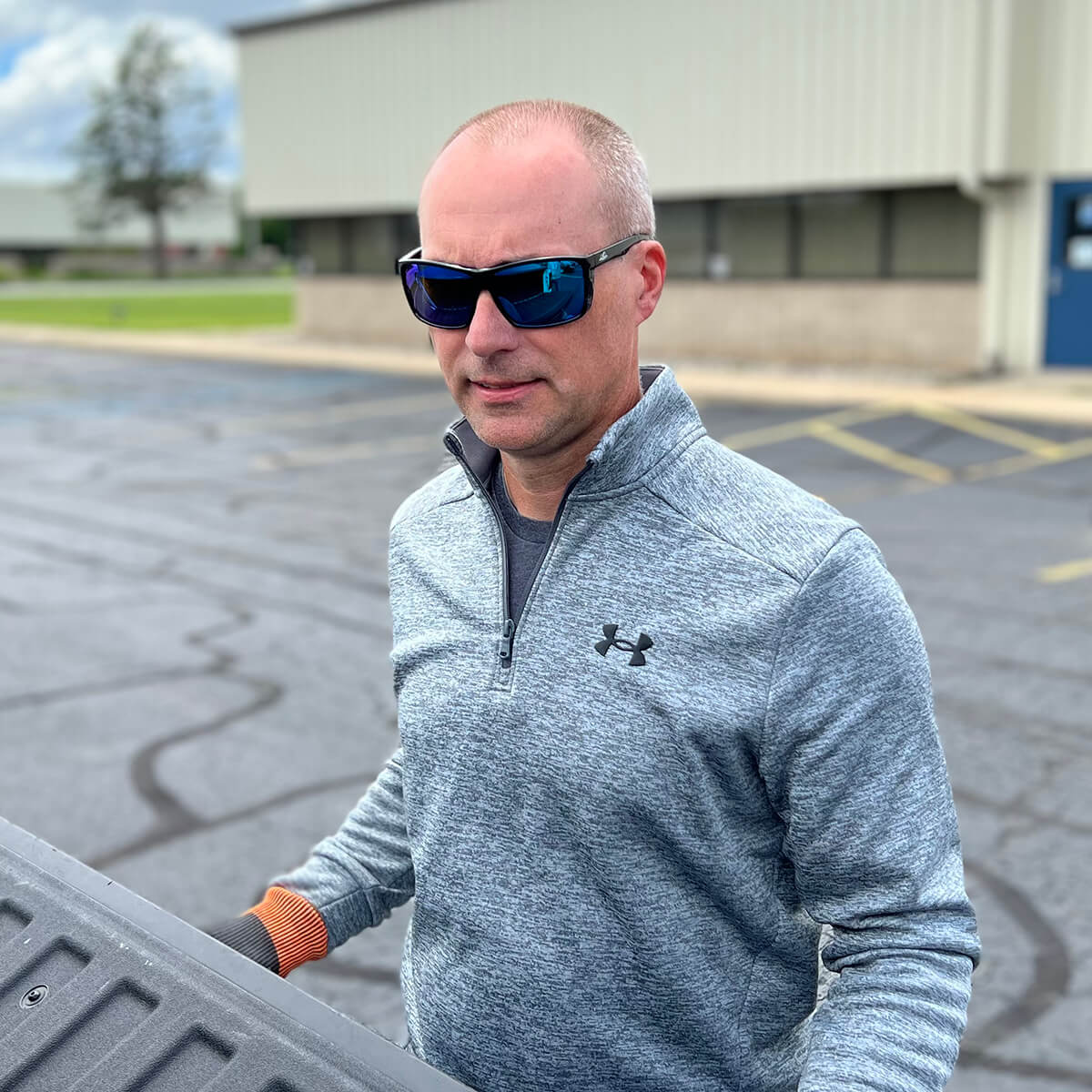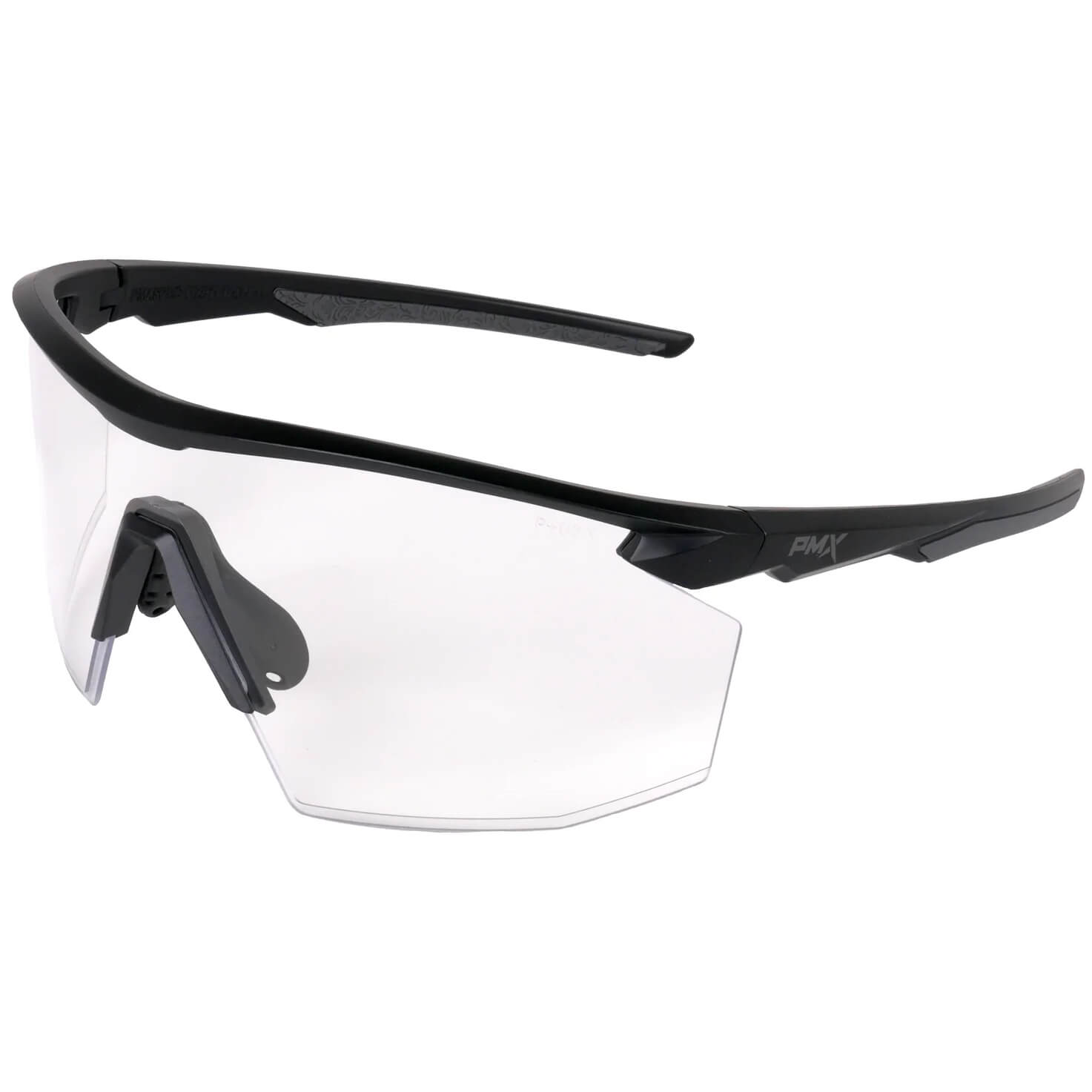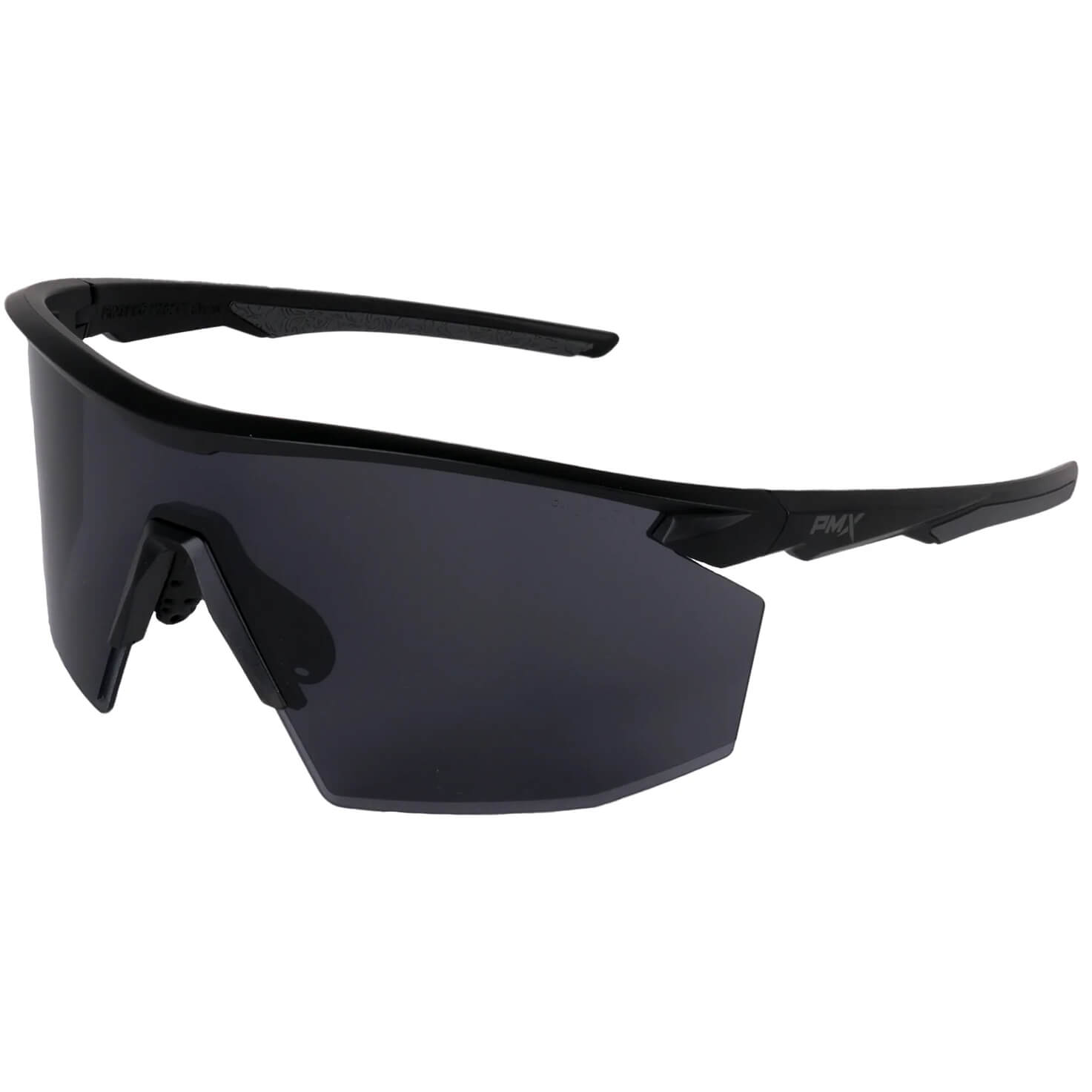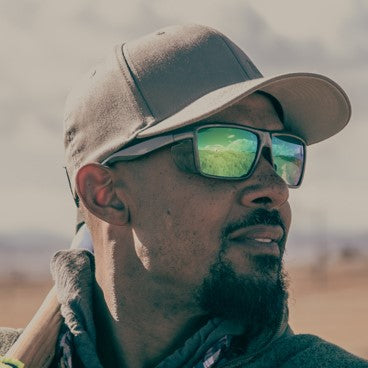Emphasizing Eye Health & Safety
The American Academy of Ophthalmology lists 12 Eye Health Observances, one for every month of the year. Their emphasis on eye health and safety serves to remind everyone to regularly take time to focus on eye health and safety.
Begin doing so by asking yourself some simple but significant questions.
Do I wear proper protection in the sun?
Does my workplace have a sufficient eye safety program?
Do I protect my eyes when working around the house?
You only have one set of eyes, so take the time now to properly protect them and prevent illness and injury. Let’s look at how to best do that through an understanding of UV protection and general eye safety.
UV Protection
UV radiation during the summer months is three times higher than in the winter, and Yes, Your Eyes Can Get Sunburned. That doesn’t mean eyes are safe during the winter. In fact, exposure from direct sunlight combined with reflected sunlight off snow and ice doubles the exposure, so wearing sunglasses in winter is also important.
UV radiation increases the risk for eye diseases such as cataracts and age-related macular degeneration. Proper sun protection defends against these and other eye diseases.
According to the Skin Cancer Foundation, sunglasses should offer the following:
- The ability to absorb and block 99 to 100 percent of UVA and UVB light.
- Sufficient size to shield the eyes, eyelids, and surrounding areas.
- Durability and impact resistance.
- Polarized lenses to eliminate glare, especially when driving and when near reflective surfaces.

Also, of note for contact wearers, Contacts May Provide Added UV Protection. Though contacts alone won’t fully protect eyes, they do provide an added layer of security.
For comprehensive eye health and safety, consider UV protection in conjunction with basic eye safety habits.
Eye Safety
More than two-million eye injuries take place in the U.S. every year. Almost half of those happen in the home or while playing sports with most of the other half happening in the workplace. Out of the two-million injuries each year, 90% are preventable.
To reduce the chance of preventable eye injury, consistently apply the following safety tips.
Wear Safety Eyewear at Home
Wear ANSI-approved protective eyewear for activities like yard work where flying debris is common and when cleaning with chemicals that could splash into eyes. Make sure bystanders are wearing them too, which means having more than one pair available.
Wear Protective Eyewear when Playing Sports
Sports eyewear exists for most sports including fishing, football, golf and cycling. Since such a large number of eye injuries occur during athletics, the time and money spent to get the right pair at every age (that means kids too) is well worth it.

Make Sure Children are Protected Too
Eye injury often occurs when children play sports, but it also happens a lot when children simply watch adults doing activities such as yard work and fireworks. Teach children about eye safety, and be a good role model by protecting your own eyes. Instruct children on basic safety measures, and get them protective eyewear for children.
Promote Eye Safety at Work
OSHA says more than 1,000 eye injuries occur in the American workplace every day, costing more than $300,000 per year. Make sure your eye safety program at work identifies workplace hazards and makes appropriate eyewear available. It should also provide regular training, promote the program through visual reminders, and make emergency treatment options readily available.
Assess Eye Health and Safety Habits
Accidents happen. The workplace should have a specific plan of action known to every employee. In the home, make sure emergency eyewash is available and that you know First Aid Tips for Common Eye Injuries. Having a plan of action can prevent injuries from becoming worse or permanent.
Any time of the year is appropriate for addressing eye safety. If you haven’t done so recently, take time to ask assess your current eye health and safety habits.
